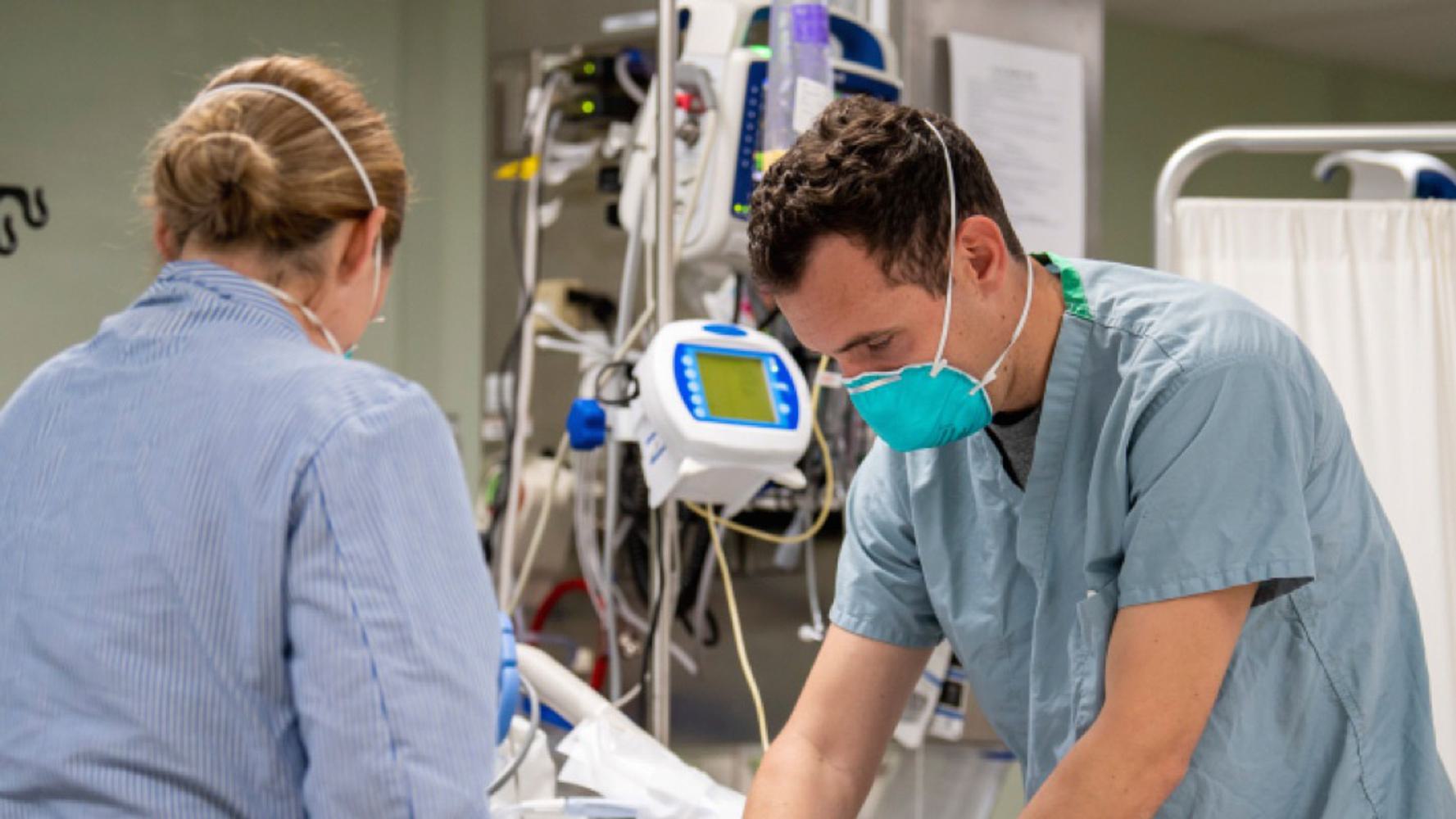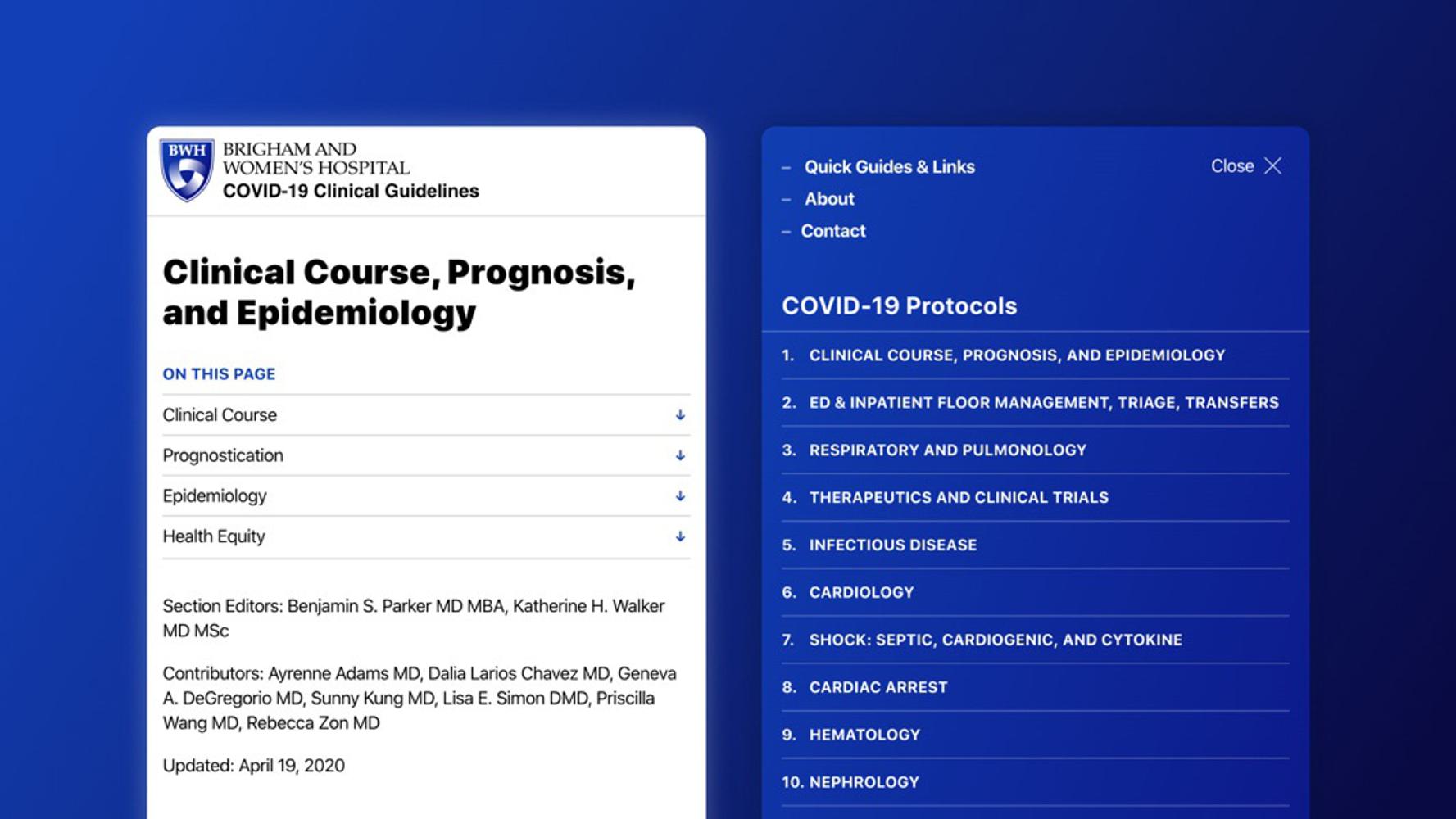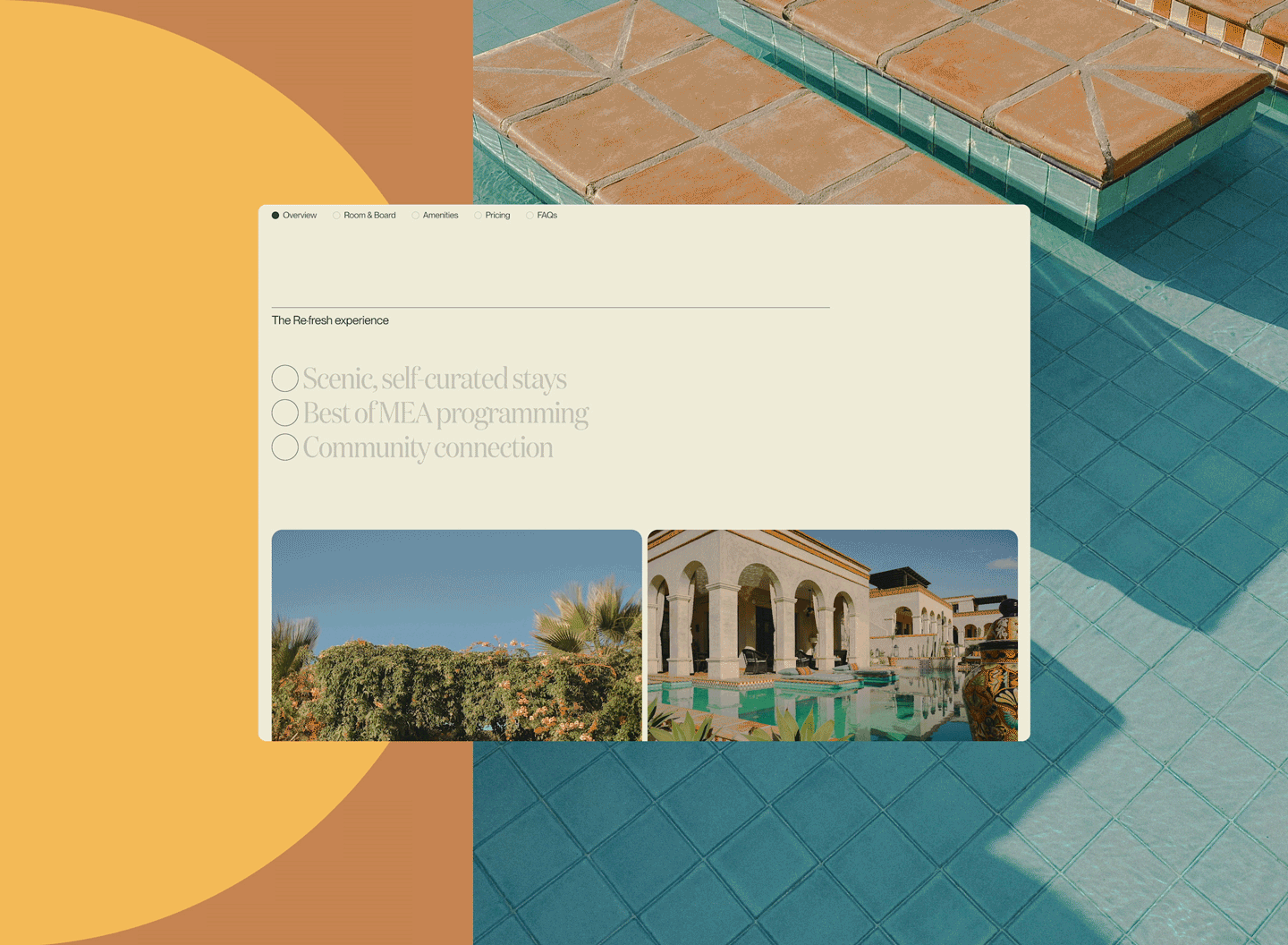Building, customizing and training users on new a content management tool can take months. So when we needed to build something fast for doctors treating COVID-19 patients, we found the right CMS solution where the team was already working.
It’s no secret that we love content at Upstatement. We’ve worked with many best-in-class content teams across a variety of industries to develop custom content management tools to support their work. One recent example: launching The 19th News on a new website and WordPress-based platform.
But when we were presented with some of the most important content of our careers — information to help treat COVID-19 patients — we found ourselves going back to basics with the most pared down CMS of all: Google Docs.
First, a quick CMS refresher
What is a CMS? CMS stands for content management system. It’s a user-friendly software application that content creators use to publish material without needing to know how to code. For example, we use WordPress as a CMS for many of our projects. Other popular options include Drupal, Craft, Contentful, and Sitecore.
Why is it important? The CMS manages the code to route data across the app or website so the writer or editor can stay focused on what they do best: publishing amazing content to their product or publication.
Shaping content management tools to the client
Back in early 2020, as Dr. C. Lee Cohen and her colleagues at Brigham and Women’s Hospital in Boston watched the coronavirus pandemic unfolding, they also witnessed a wave of misinformation that was flooding the medical community (not to mention the public). Dr. Cohen decided to take the reins. She created a public Google Doc where doctors could collaborate and add treatment protocols to help hospitals across the world understand current best practices in treat coronavirus patients.
The good news? It was a hit.
The bad news? The original document got so crowded with visitors that it crashed. And as knowledge accumulated, it became nearly impossible to navigate or find critical information.
That’s where Upstatement entered the picture.
When Brigham and Women’s Hospital approached us to help keep COVID Protocols useful and technically viable, we recognized that going through our usual design process could overcomplicate the user experience. The Google Doc already had 100+ individual contributors, none of whom had time to learn how to use a new CMS. In the time we usually take to train clients on a custom CMS — anywhere from a few hours to a few days — these doctors could be treating hundreds of patients. So our choice was simple: We needed to build around them.
We gave lightweight advice for how to organize the Google Doc, like heading levels and tool tips, and established a workflow to move the Google Doc into its new home with a clean, searchable knowledge base.
The new Covid Protocols app and covidprotocols.org are lightning-quick and perform even behind the most stringent hospital VPNs. (Fun Fact: Most hospitals block the use of Google Docs with their firewalls.) It’s optimized for phones and tablets, where most health care professionals access the protocols. And when a new batch of content is ready, a doctor can deploy and update a new version of the site or app all without leaving Google Docs.
While Google Docs doesn’t provide every bell and whistle, it solved the hospital’s problem and allowed them to keep treating patients without skipping a beat.
Takeaways from an unconventional CMS choice
While building a CMS with a Google Doc isn’t a technical solution we’d typically recommend, it made sense for this use-case. If you’ve got a content project that doesn’t require much flexibility in display and you’re working with a largely non-technical group of content creators, this could also be the solution for you.
Ultimately, the right CMS solution is the one that works for your content creators and your users. So would we do it again? Absolutely. We believe in user-centered design, and in this case the user was 100% at the center of our design choices.







